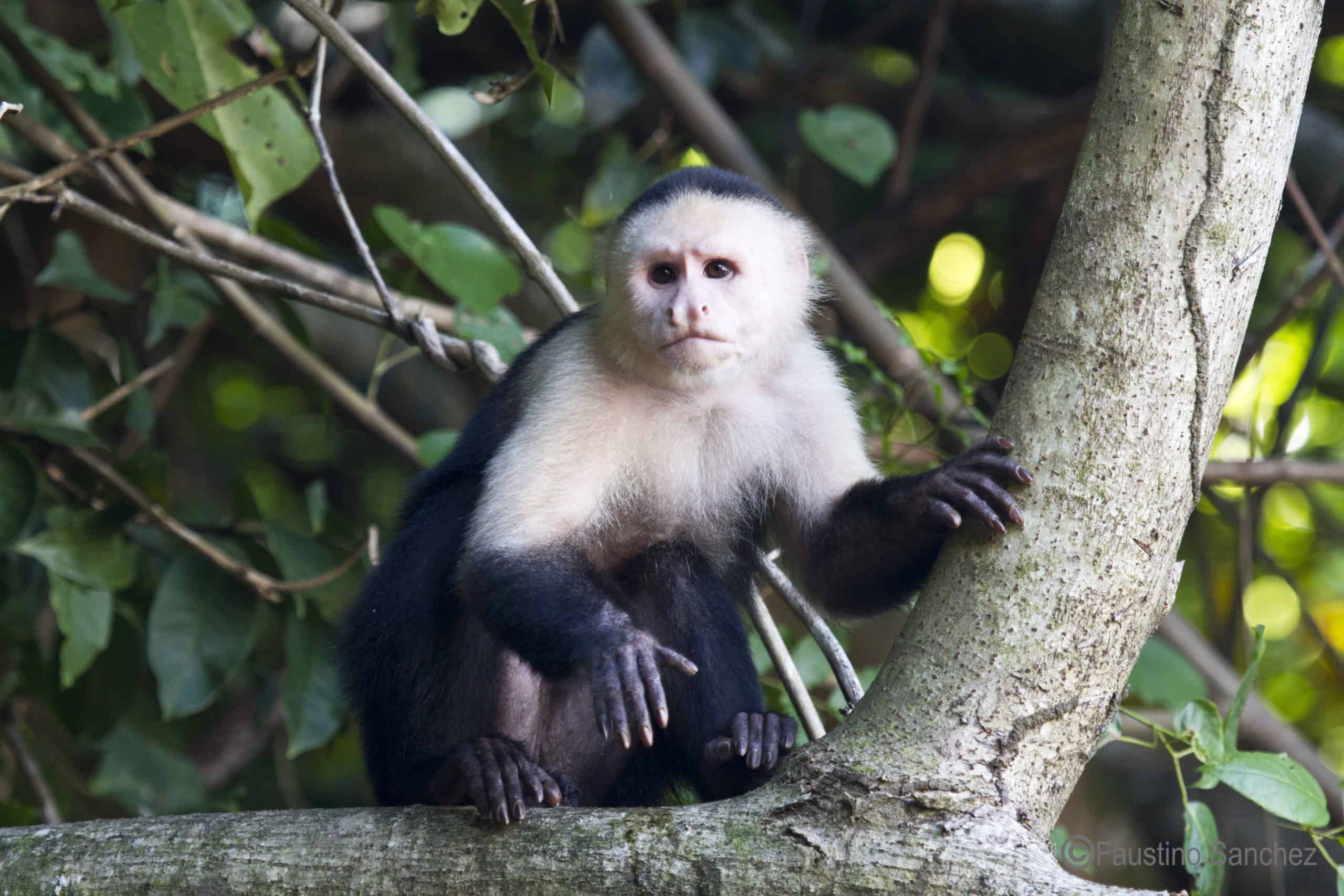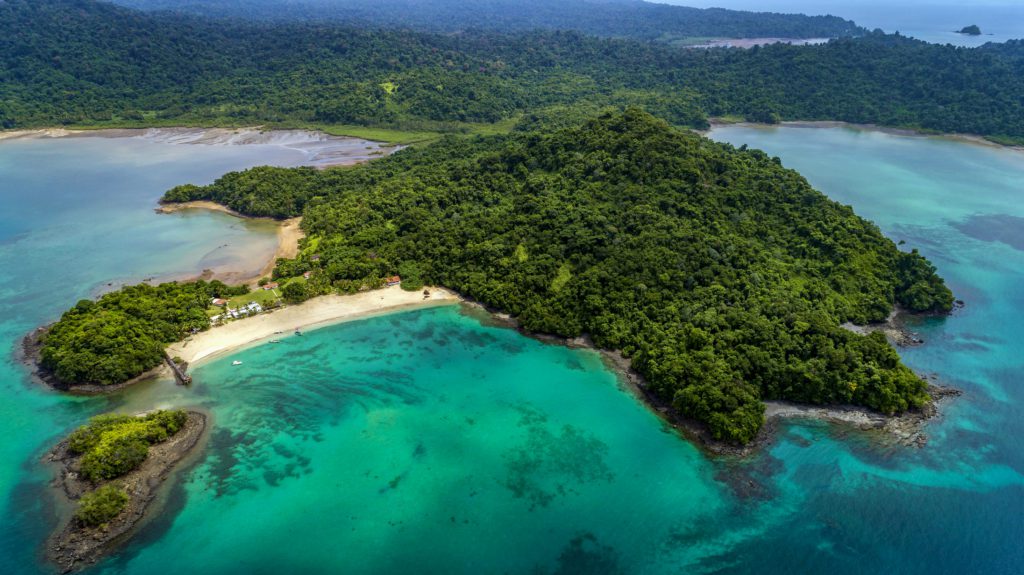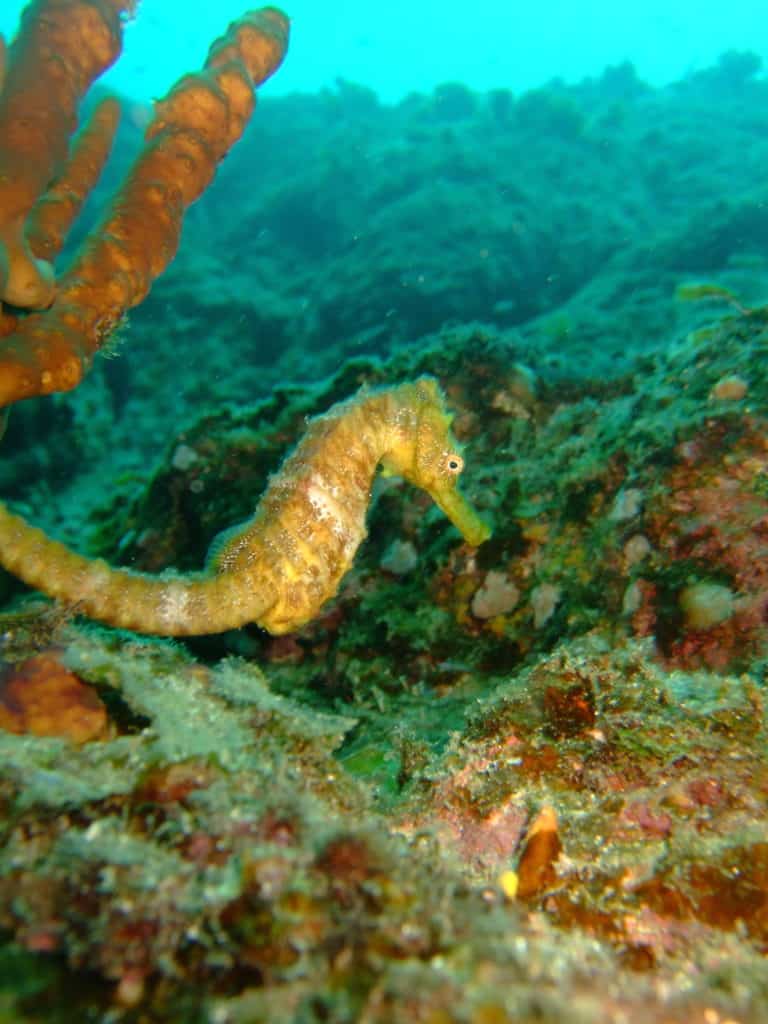

The Magic of Coiba National Park
All over the planet, there are many magical places, for sure Coiba National Park is one of those, maybe it’s in the top ten. Is amongst the richest with the highest rate of endemism in the world. Its story, from its origins to the present, is simply fascinating.
Although there are many scientific theories and things that we still do not know about the origin of Panama, we are going to start our story about 89 million years ago.
The Galápagos Plume is a long-lived hot upwelling of material from the deep earth that melts near the surface and has formed strings of volcanoes, both underwater and as ocean islands. Similar to hotspots of magma that percolate under Hawaii and Yellowstone.
Today’s version of the isthmus was probably fashioned by volcanism and movements of tectonic plates somewhere between 15 million and 3 million years ago
The Southern part of Azuero, Coiba, and Sona were parts of accreted ocean islands pieces of the subducted Galápagos hotspot track, forming The Azuero Marginal Complex.
For millions of years, the tectonic plates’ movements slowly pushed these “islands” to the north, to where they are today, colliding with a Panama in formation as volcanic islands, maybe 15 million years ago. Little by little, over millions of years, the sediment deposits added to the islands until the gaps were completely filled. At some point, the combined processes turned the ocean into swamplands, then an archipelago–then, eventually, to dry land. North and South America were joined.
For a long time, Coiba was part of the Isthmus’ mainland, allowing many animal species to move freely to inhabit it.
The Isthmus of Panama formation had an enormous impact on Earth’s climate and its environment
Scientists believe the formation of the Isthmus of Panama is one of the most important geologic events to happen on Earth in the last 60 million years.
North and South America were not connected and a huge ocean gap allowed tropical water to flow between the Atlantic and Pacific Oceans, until Panama formation.
The isthmus united continents, but it divided oceans
By shutting down the flow of water between the two oceans, the land bridge re-routed currents in both the Atlantic and Pacific Oceans. The Atlantic, no longer mingling with the Pacific, also grew saltier. Each of these changes helped establish the global ocean circulation pattern we see today.
With warm Caribbean waters flowing toward the northeast Atlantic, the climate of northwestern Europe had a habitable warm climate.
On the Pacific side, weather patterns changed too, with deep waters along the western coasts of both continents continually welling up, and the domination of the cyclic El Niño pattern, in which the eastern ocean surface alternately warms and cools. El Niño now directly or indirectly drives rainfall, and thus agriculture, on scales of decades across much of Asia, and both Americas.
The formation of the Isthmus of Panama also played a major role in biodiversity changes
The new bridge made it easier for animals and plants to migrate between the continents and the course of biological evolution. Creatures once isolated on one continent or the other were able to migrate and mix back and forth as The Great American Biotic Interchange.
Some of the first were ones that could swim well or at least wade: southward-heading tapirs, peccaries, and elephant-like Gomphotheres, and northward-heading giant sloths, or Megatherium, some as tall as 9 meters.
For instance, in North America today, the opossum, armadillo, and porcupine all trace back to ancestors that came across the land bridge from South America. Likewise, the ancestors of bears, cats, dogs, horses, llamas, and raccoons all made the trek south across the isthmus.
The Panama Great Flood
These changes initially may have warmed Earth’s climate, but then set the stage for glaciation in the Northern Hemisphere at 3 million years ago. When ice ages locked much of earth’s water into ice, lowering sea levels about 100 meters lower.
The ice sheets began to melt around 16,000 years ago, causing sea levels to shoot up as fast, and sometimes faster than sea level rise humans are causing now by burning fossil fuels. Until the climate stabilized around 8,000 years ago.
Coiba was a big mountain on Panama mainland
At this time, Coiba was part of Panama’s mainland territory, when the ocean levels getting rising, Coiba became an island one more time.
Separated again, this time by only 22 kilometers, enough to permanently isolate their residents. In a process of thousands of years, they changed their behavior, their biological structure, to become unique species, and Coiba was transformed into a “Living Laboratory“.
Special Thanks to Smithsonian Tropical Research Institute. (STRI) for this excellent contribution: The Great Flood
Where is the Coiba National Park’s Magic?
Today it’s Panama’s biggest national park, a UNESCO world heritage site, and a tropical oasis for sunbathing, bird watching, snorkeling, diving, and fishing also should be at the top of your travel destination list before the secret gets out.


- Is the biggest island in Central America and 80% of their territory remain untouched, is one of the last relics of tropical moist forest in Pacific Central America. Is one of the wildest and most spectacular landscapes in Central America, inhabited by charismatic wildlife, both terrestrial and marine, preserving endemic and endangered species.
- The island is one of the last places to see wild scarlet macaws in Central America. Also, have more than 150 species of birds have been recorded, 96 resident on Coiba itself. These include the brown-backed dove Leptotila battyi (VU) and 20 endemic subspecies, one being the Coiba rusty-backed spinetail Cranioleuca vulpina dissita.
- Coiba National Park is a 38 island archipelago and more than a thousand islets.
- Mangrove forests surrounded by 240 km of coastline and irrigated by an extensive network of rivers, the largest of which is 23 km long. Its extensive old mangrove forests are a habitat for cayman and an abundance of large American crocodiles.
- The region’s spectacular deserted beaches are some of the last remaining protected nesting habitats for marine turtles in Panama, including nesting sites for the giant and almost extinct Pacific leatherback.
The magic continues underwater
This rich underwater biodiversity exists around Coiba Island thanks to the Humboldt Current which delivers cold, nutrient-rich water toward the surface that makes it possible to sustain this unusual marine wildlife.
- The underwater world is simply amazing scenarios and extraordinary megafauna, Is home to more than 800 species of fish. It’s not uncommon to spot whale sharks, 33 shark species, humpback whales, giant rays, and over 20 marine mammal species.
- Coiba is not alone, the underwater topography of Coiba National Park is linked to Malpelo, the Cocos- and the Galapagos Islands by an underwater mountain chain, allowing divers to see many of the same species of animals at all locations of the Tropical Eastern Pacific Corridor.
- There is about 1,700 ha of coral reef and coral communities in the National Park, which is the second-largest in the eastern Pacific. You can get to see marine life that you can’t see in any other place on Earth.


Amazing Photos From:
FSA Productions @fsaproduction
Eduardo Estrada @eestrada_wildlifephoto

